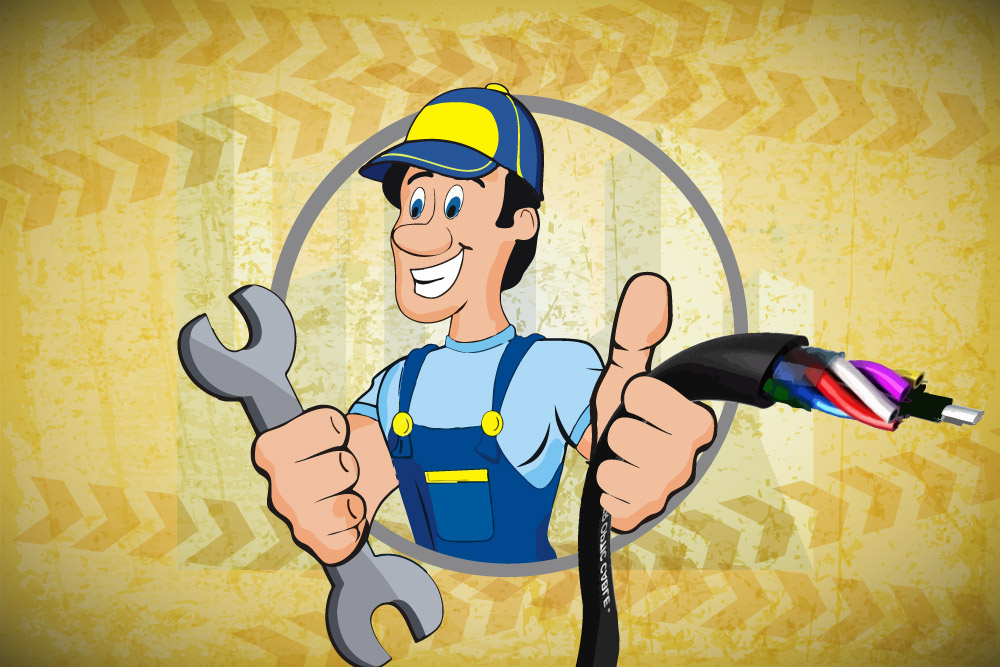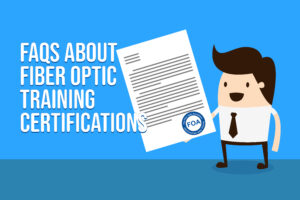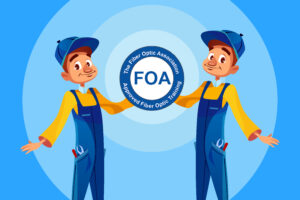Like all things, some types of cable may wear out or get dirty and may need to be replaced. For fiber optic cable though, the quote “if it ain’t broke, don’t fix it” is more apt.
According to THE FOA, well-installed fiber optic cable plant doesn’t need your helpful hands to tinker with it. Doing so may do more damage than help. But, let’s look at the exceptions.
Eeewww! Dirty!
One of the things you need to be concerned about fiber optic cabling systems is dirt. Dirt can be abrasive and damage the tips of the connectors during the termination stage. Damage like these may cause high loss in your connectors. Dirt can even enter the connectors and affect reflection.
The best tip for this problem is to keep the protective cap on the fiber optic interface!
Fiber Optic Cable May be Tough; But Don’t Bend Them
Bending fiber optic cable may result in poor transmission. Bends may occur when you pull the cables around corners.
However, no matter how careful you are, your efforts may be damaged by later projects that may put stuff on top of the installed cables. Also, workers discarding old cables may bend or dislodge perfectly good cables accidentally.
The connectors located at the cables’ ends are very fragile. Avoid heavy tugging, bending, or pulling.
Ways of Protecting Your Fiber Optic Cable Plant
When you install fiber optic cables in a place already mapped with veins of wires and cables, install the fiber optic cable inserted inside an innerduct. Innerducts are what you call plastic tubing, which technicians use to make cable pulling easier and to safeguard the fiber. Using an innerduct provides you with some assurance against wear and tear from other objects or from untowards incidents, like someone pulling the cables by mistake.
Pulling the innerduct is a quick and convenient process, as it’s tough and hard to bend. Pullers for innerduct do not even need fiber optic technician training. After installing the innerduct, pulling the fiber optic cable is a breeze, as the innerduct keeps a large bend radius for the cable and inside it is a low friction area that makes things easy to pull.
In some projects, the shorter time needed in pulling the fiber optic cable will make up for the extra cost of having to buy an innerduct.
To safeguard the connectors, only utilize patch panels that are sealed, and where the doors are locked. If you want to highlight your fiber optics, you can buy panels with transparent doors. But, in any case, they should be kept locked. This ensures that the connectors are safe from accidental bumps that can damage the fiber especially on their weak spots, which are near the connectors. It will also hinder nosy individuals who want to peek at the end of the fiber to view how the lights are transmitted.



